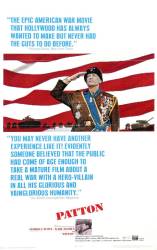
Factual error: When Patton orders his driver to drive to the Carthaginian battlefield he addresses him as "sergeant". He is, however, wearing corporal's chevrons. A famous stickler for discipline and ceremonial, Patton is not likely to have made a mistake like this.

Factual error: So the Civil War ends, and the colonel heads for Texas. It must have taken close to a decade to arrive there, for when he rides into Blackthorne, Texas, he's packing a Model 1873 Colt, and a Model 1873 Winchester.
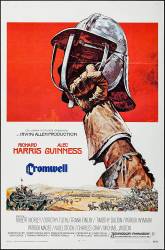
Factual error: In the scene where the king attempts to seize the five members from Parliament, Cromwell makes a dramatic refusal to leave and proposes various "Laws" to prevent his arrest. Cromwell was not one of the five members whom the King tried to arrest and no law can come into force until it had been signed by the reigning Monarch anyway.
Suggested correction: It's more of a threat than a declaration.

Factual error: Oddball tells Kelly their commander had been trying to get them killed ever since they landed at Omaha (beach). Oddball's tanks are part of the U.S. sixth Armored division (the Super Sixth, as the unit shoulder patch on his jacket indicates) which actually landed at Utah beach on July 18, 1944. (00:30:50)
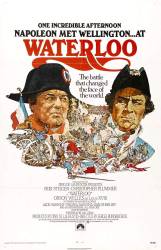
Factual error: In the movie you see Scottish Pipe Band playing. Pipe Bands where not established in Scottish Regiments before the Crimean War (1854-1856), there were only solo pipers. (00:35:00)
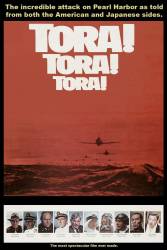
Factual error: When the Japanese planes attack the airfield, none of the American planes have numbers or letters, just a star.
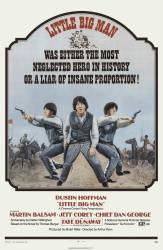
Factual error: The worst historical distortions in this film must concern legendary "Wild Bill" Hickock. First of all he wasn't killed by a teenage boy, but one John McCall, a man in his 30's. McCall sneaked behind Hickock who was in the middle of a poker game and shot him through the head killing him instantly. Secondly this took place on August 2 1876, about five weeks AFTER the Custer's Last Stand. (01:46:30)
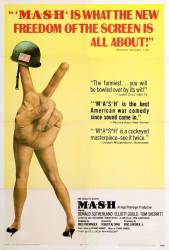
Factual error: When Hawkeye and Trapper arrive in Japan, as they approach the hospital in a Jeep, you can see a football field in the background. Look closely at the goalpost on the field. Instead of looking like an "H" (then in use), it is in the style used since the late 1960s: a bent single goalpost, a crossbar, and the uprights.
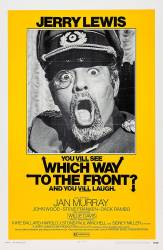
Factual error: Due to paranoid fear of sabotage, all Japanese Americans were interred in camps along the west coast during WW2. So it would have been MOST unlikely for Yamashita (especially considering his military background) to simply walk about freely and to have work as a gardener.
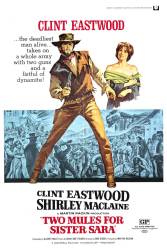
Factual error: When Clint Eastwood catches an Indian arrow in his left shoulder, he instructs Shirley MacLaine to prime the arrow shaft with gunpowder, which he then ignites as she forces the shaft all the way through his shoulder. Presumably, the burning gunpowder would cauterize the wound all the way through his body, or that's what the filmmakers asked the audience to believe. In reality, gunpowder is historically well-known for causing gangrene in open wounds. With a shoulder full of gunpowder cinders, Clint Eastwood should have died of gangrene and sepsis by the end of the movie.